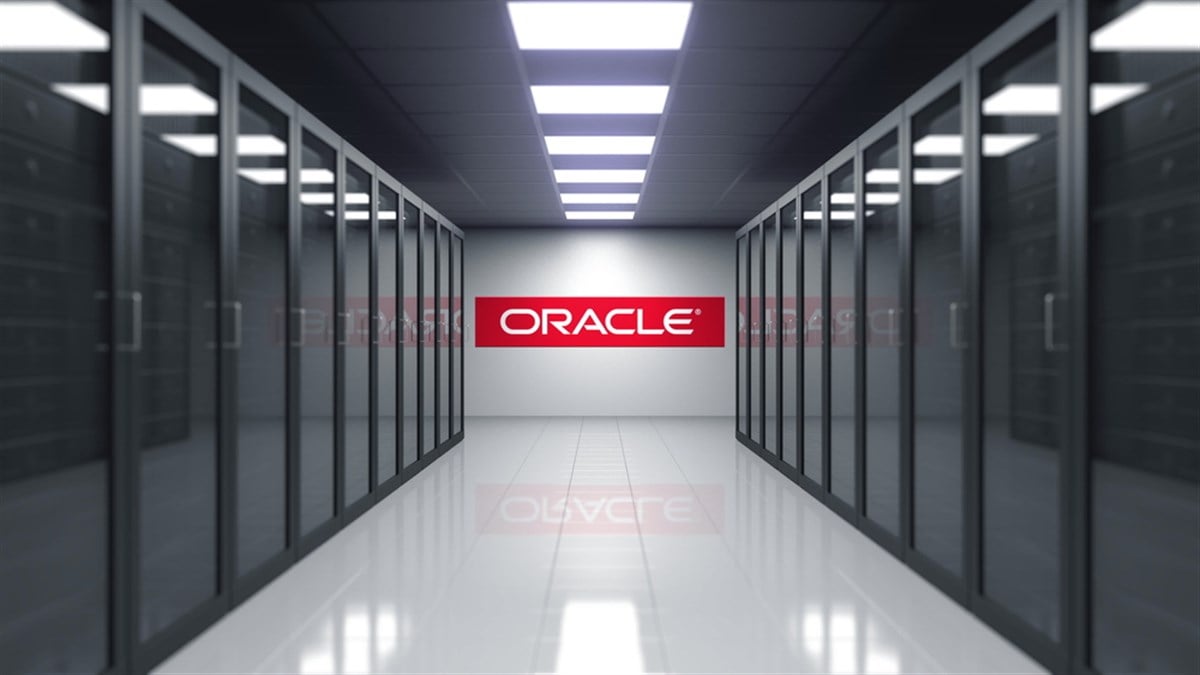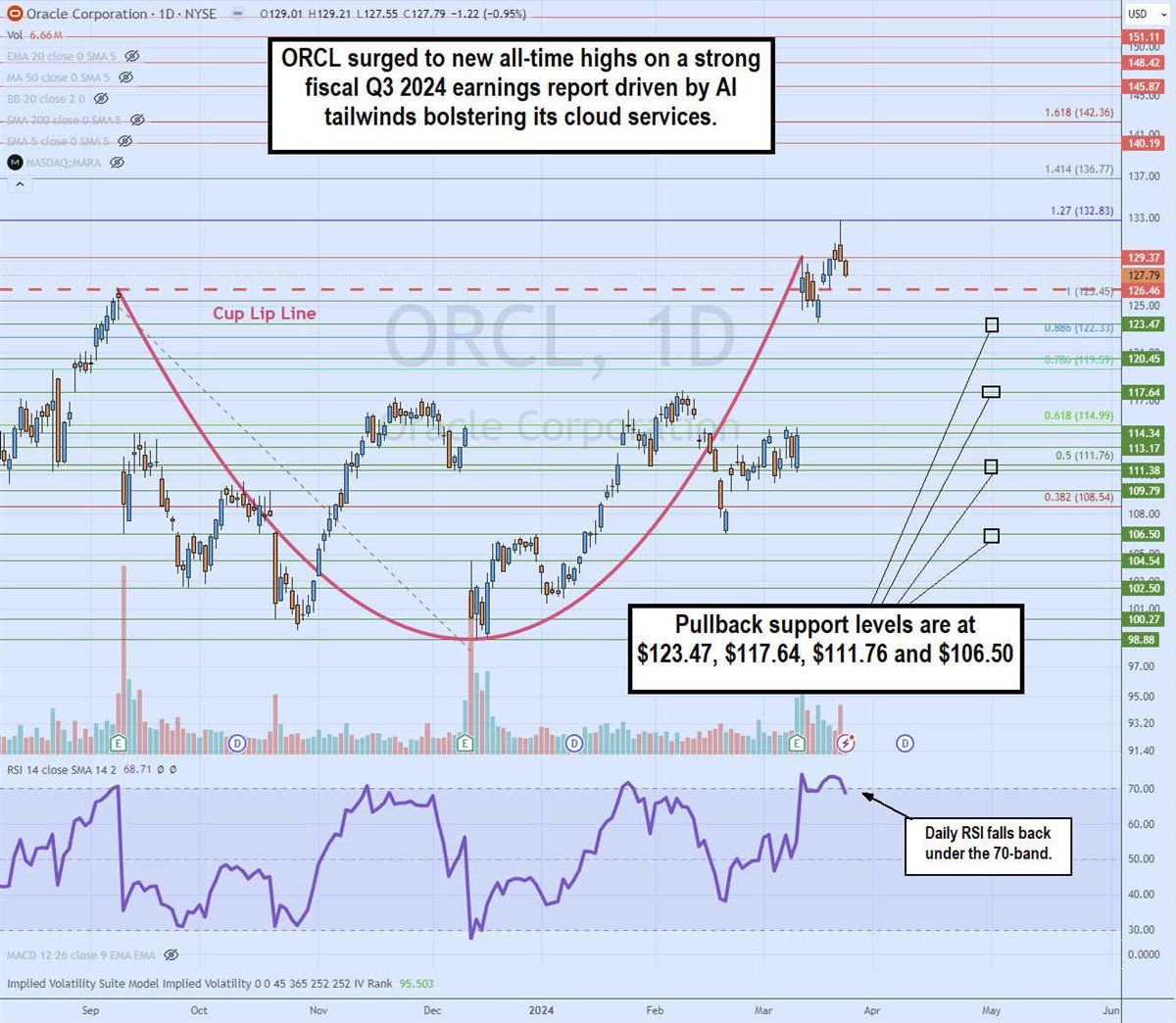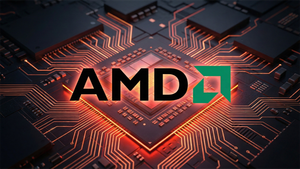
Oracle Co. (NYSE: ORCL) is a giant in the computer and technology sector that originally got its start as the leader in relational databases in the 1980s. The company has evolved into an enterprise software behemoth and a major cloud computing services provider. Its latest quarterly results shot shares straight to new all-time highs, underscoring its ability to be a nimble giant and stay on the cutting edge of secular trends like artificial intelligence (AI), cloud computing and, enterprise software suites and TikTok.
Oracle reported that leading NYSE: IBM">AI innovators like Modal, Suno, Twelve Labs and Together AI have flocked to its Oracle Cloud Infrastructure and OCI Supercluster to train and inference next-gen AI models.
Evolving From a Perpetual License to a Subscription Model
Oracle’s revenue structure has also evolved from license-based products to subscription-based services. They have embraced the benefits of steady and predictable cash flow that underscores a subscription model versus a product-based perpetual license model.
A subscription model, also known as a consumption model or pay-as-you-go model, is easier to onboard clients due to the lower startup costs. This is why companies like Pure Storage Inc. (NYSE: PSTG), C3.ai Inc. (NYSE: AI) and UiPath Inc. (NYSE: PATH) have migrated to the consumption/subscription model.
A perpetual license model requires a large upfront payment to license the software with maintenance and upgrade fees accompanying the license. Since the licensing model is so capital-intensive and front-loaded, many enterprises are "stuck" even if the software stinks since they sunk so much into it, to begin with. In contrast, a subscription model makes it easier to switch providers.
Service with a Smile
Oracle's got services, lots of services. They offer database-as-a-service (DBaaS), software-as-a-service (SaaS), platform-as-a-service (PaaS) and infrastructure-as-a-service (IaaS). Its cloud computing segment continues to thrive as the AI boom has driven insatiable demand for computing, storage and networking services. Oracle has a reputation and longstanding history of stability that encourages customers to go with them versus a smaller and younger competitor. This enables the network effect and fluid add-on cross-selling of services.
Barbarians at the Gate
Oracle is not without competition from the likes of Microsoft Co. (NASDAQ: MSFT) and International Business Machines Inc. (NYSE: IBM) in the database market, Salesforce Inc. (NYSE: CRM) in the customer relationship management (CRM) software market, and Amazon.com Inc. (NASDAQ: AMZN) and Alphabet Inc. (NASDAQ: GOOGL) in the cloud computing segment.
Winning is Not Good Enough. Others Must Fail.
Oracle's co-founder, Sir Larry Ellison, was known for this cutthroat approach to business. Ellison adopted Genghis Khan's philosophy that it’s not good enough to win, but others must fail.
Case in point: when Oracle attempted a hostile takeover of Peoplesoft Inc., they offered a lower price than the stock was trading at. Peoplesoft scoffed at the idea and fought tooth and nail to thwart a hostile takeover.
Oracle announced they were going to start offering identical PeopleSoft services. This immediately impacted Peoplesoft as new potential customers delayed signing on to PeopleSoft, knowing that Oracle was entering the space. Since Oracle was the 800 lb. gorilla giant, concerns about Peoplesoft’s stability and longevity were called into question.
Eventually, this starved PeopleSoft’s operations and after a year-long battle crushing PeopleSoft shares in the process, shareholders wilted and agreed to the acquisition. Check out the sector heatmap on MarketBeat.
Stable and Able to Grow.
On March 11, 2024, Oracle reported fiscal Q3 2024 EPS of $1.41, beating $1.38 consensus analyst estimates by 3 cents. Revenues rose 7.1% YoY to $13.28 billion missing $13.29 billion consensus estimates.
Monstrous Cloud Metrics
Oracle had double-digit growth throughout its cloud segments. Total remaining performance obligations (RPOs) rose 29% to $80 billion, driven by "large" new cloud infrastructure contracts signed in the quarter. Cloud Revenues, which include IaaS and SaaS, rose 25% YoY to $5.1 billion. Cloud Infrastructure (IaaS) generated revenues of $1.8 billion, up 49% YoY. Cloud Application (SaaS) Revenues rose 14% YoY to $3.3 billion. Fusion Cloud enterprise resource planning (ERP) SaaS rose 18% to $800 million. NetSuite Cloud ERP SaaS rose 21% to $800 million.
Oracle CEO Safra Catz commented, "We expect to continue receiving large contracts reserving cloud infrastructure capacity because the demand for our Gen2 AI infrastructure substantially exceeds supply—despite the fact we are opening new and expanding existing cloud data centers very, very rapidly.” Cruz continued, “We expect that 43% of our current $80 billion of Remaining Performance Obligations will be recognized as revenue over the next four quarters and that our Gen2 Cloud Infrastructure business will remain in a hypergrowth phase—up 53% in Q3—for the foreseeable future."
Oracle analyst ratings and price targets are at MarketBeat. Oracle’s peers and competitor stocks can be found with the MarketBeat stock screener.

Daily Cup Pattern
The daily candlestick chart on ORCL illustrates a cup pattern that may be peaking to form a handle. The cup lip line formed a $126.46 swing high on September 11, 2023. Shares proceeded to fall to a swing low of $98.88 on December 13, 2023, before rising to $114.13 into its fiscal Q3 2024 earnings report.
The solid report gapped share up through the cup lip line, eventually forming a new swing and all-time high at $132.77 on March 21, 2024. The daily relative strength index (RSI) has fallen back under the 70-band. Pullback support levels are at $123.47, $117.64, $111.76 and $106.50.




